How to Deliver an Uber-Like Experience with Your Transportation App
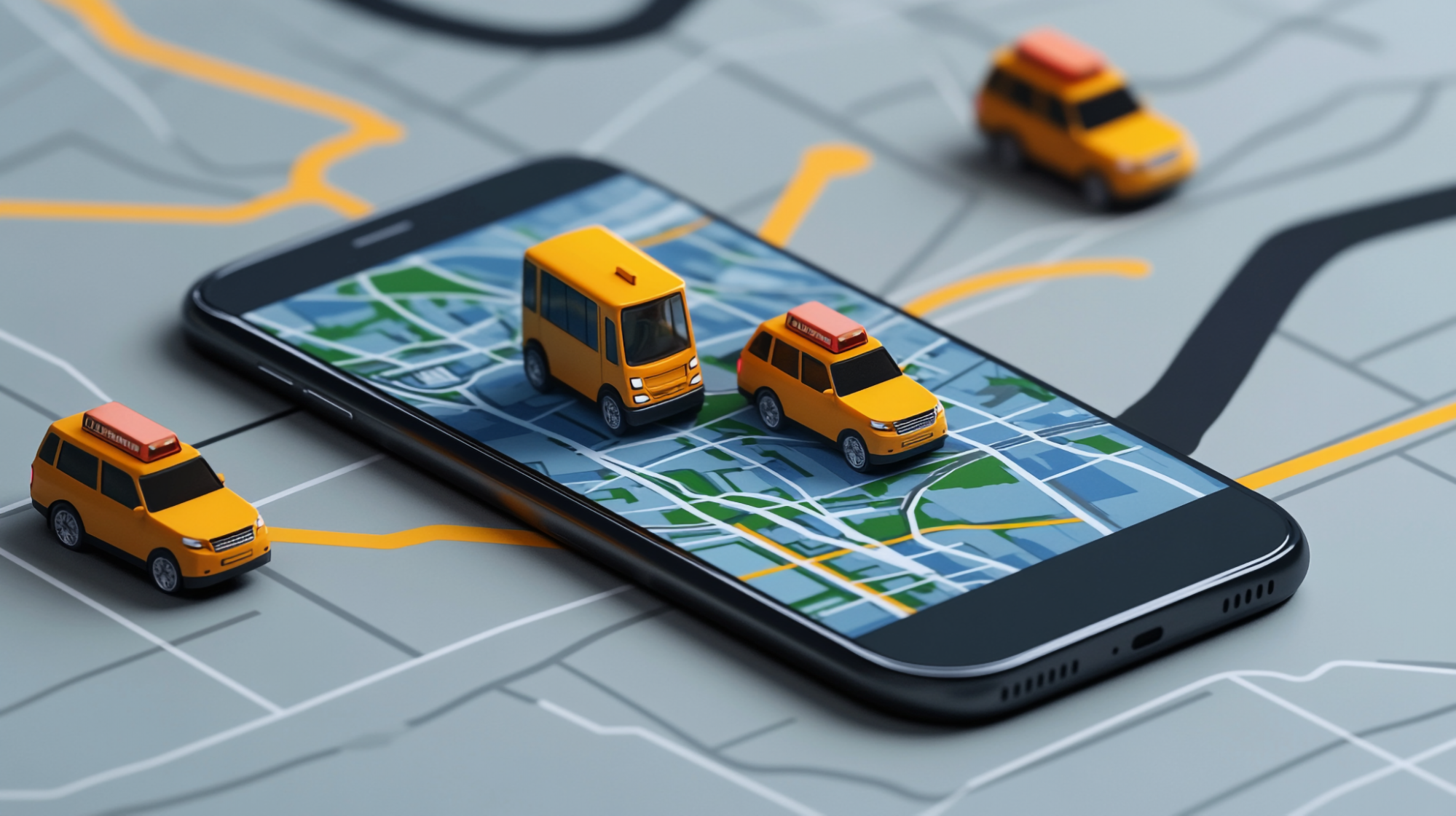
Introduction: The Disruption of Urban Mobility
In less than a decade, Uber didn’t just change how we get from A to B; it redefined urban mobility itself. From a simple idea born from a need for a seamless ride in Paris, it grew into a global colossus that has fundamentally altered consumer behavior. It proved that a two-tap experience, backed by real-time technology, could dismantle century-old industries and create a new standard for on-demand services.
The question that now echoes through startup ecosystems, boardrooms, and developer forums is, "How to build an Uber-like transportation app?" The answer isn't about simply copying features. It's about understanding the core principles of Uber's success and applying them with a forward-thinking, user-centric approach. Building a transportation app that can compete today requires a deep dive into business models, technological stacks, and a user experience so intuitive it feels like magic.
This guide will break down what it truly takes to create your own successful transportation platform—from the foundational business strategy to the cutting-edge features that will set you apart.
1. The Uber Playbook: Deconstructing the Business Model
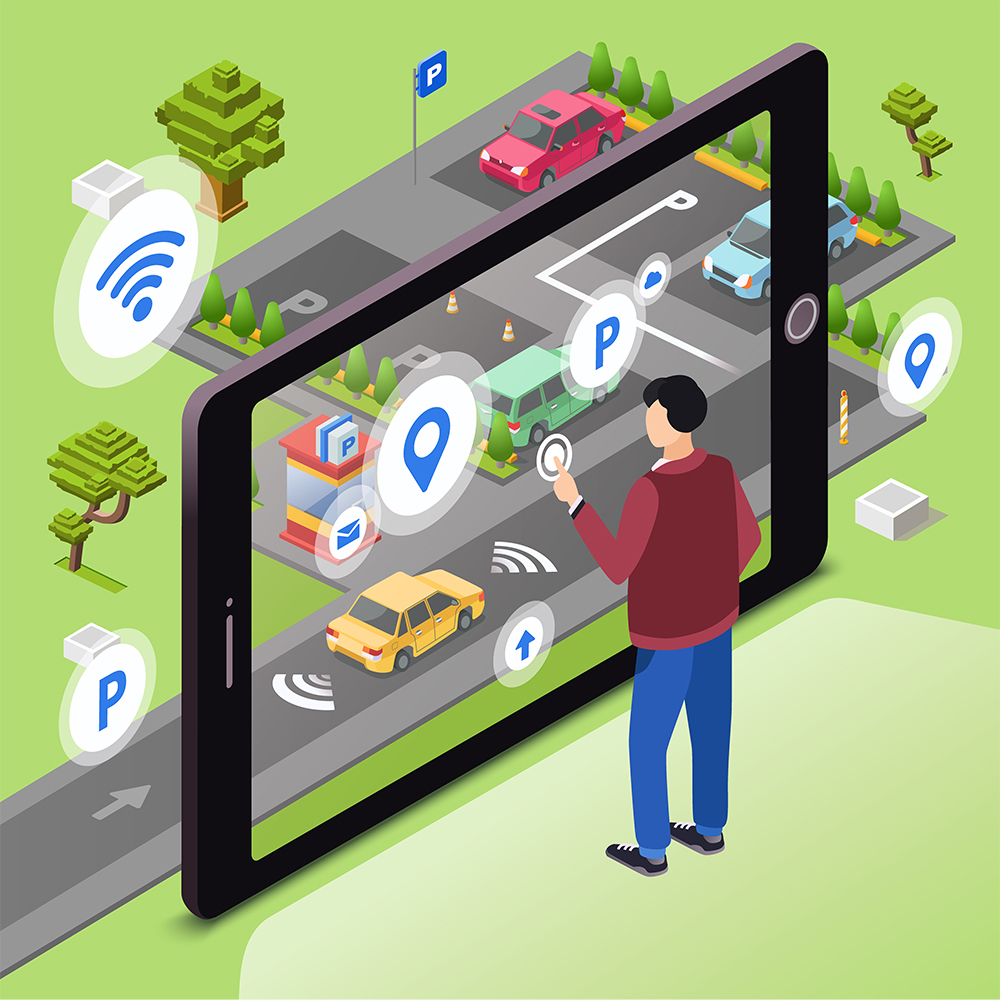
At its heart, Uber’s genius lies in its Uber business model explained for startups. This is the engine that drives the entire business. On one side, you have riders who need a convenient, on-demand ride. On the other hand, you have drivers who want a flexible way to earn income. The app acts as the digital matchmaker, connecting supply with demand in real-time.
This model creates a powerful network effect: as more riders join the platform, the service becomes more appealing to drivers because there are more potential fares. As more drivers sign up, wait times for riders decrease, making the service more attractive and dependable. This positive feedback loop is what allowed Uber to scale so rapidly and dominate markets.
Revenue Models for Uber-Like Transportation Apps
- Commission-Based Model (The Classic): This is the most common model, where your app takes a percentage of each ride's fare. Uber and Lyft operate this way. It’s simple, scalable, and directly ties your revenue to your platform's activity.
- Subscription Model: You could charge a monthly fee to riders for unlimited or discounted rides, or to drivers for exclusive access to a certain number of trips.
- Hybrid Model: A combination of the two. For example, a small subscription fee for premium features for riders (like priority booking) or a lower commission rate for drivers who pay a weekly subscription.
Unit Economics: When building your business model, you must think about unit economics. For each ride (your "unit"), are you profitable? A robust business model ensures you have a clear path to profitability on a per-ride basis before you even consider scaling.
2. The Feature Trifecta: Key features of successful ride-hailing platforms
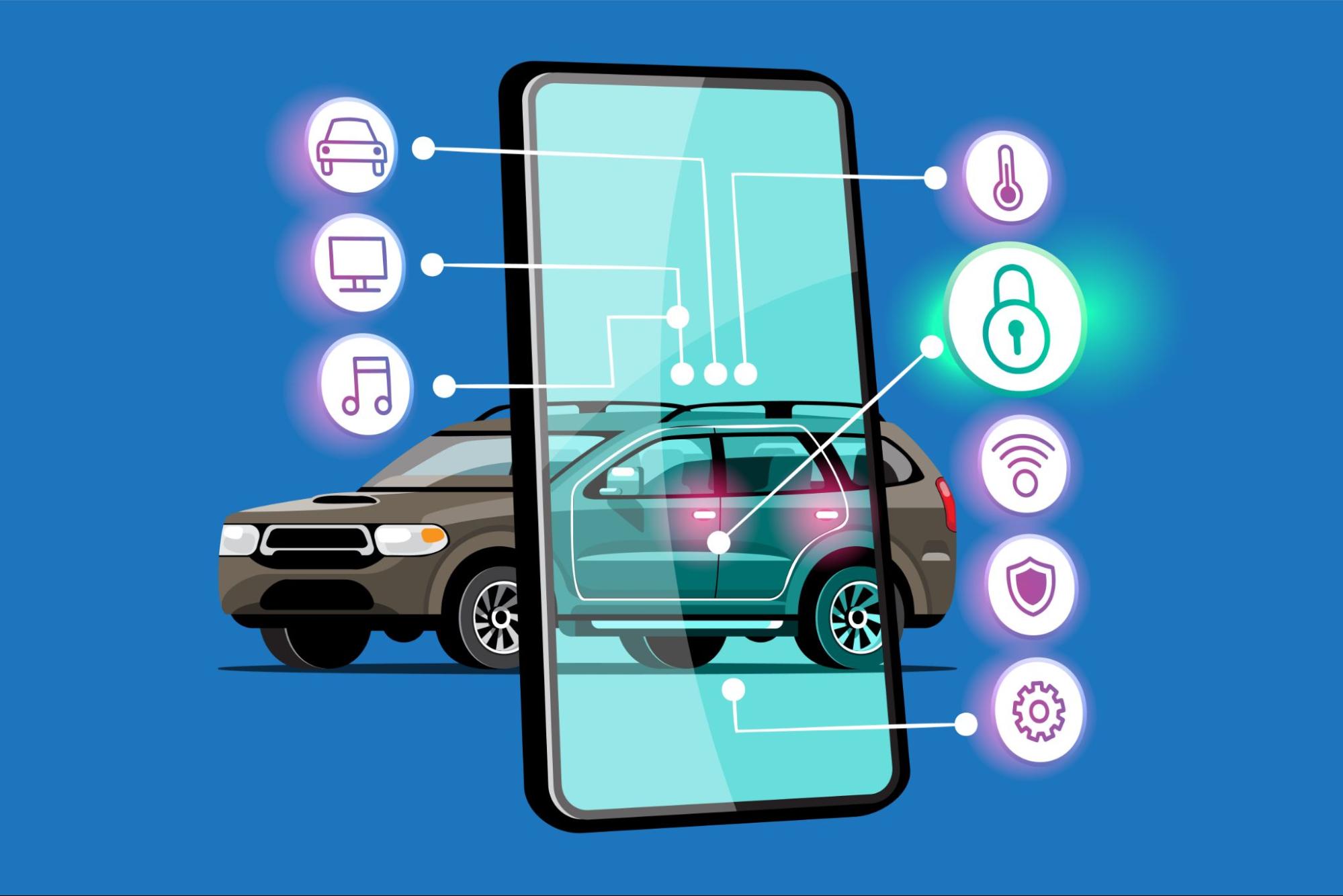
To deliver a truly "Uber-like" experience, your app needs a comprehensive suite of features for all three key user groups: riders, drivers, and administrators. Without these, the seamless user experience falls apart.
Features needed for an Uber-style taxi app
The rider app must be designed for maximum ease of use. Every feature should minimize friction and instill confidence.
- Real-Time GPS Tracking: This is non-negotiable. Users expect to see their driver’s location on a map from the moment they book until the ride arrives. It provides transparency, reduces anxiety, and sets expectations. To learn more, read How to integrate GPS tracking in ride-sharing apps.
- Fare Estimates & Transparent Pricing: Users need to know what they're paying upfront. A dynamic fare estimator that calculates the cost before booking—considering factors like distance, traffic, and demand—builds trust.
- In-App Payments: The ability to pay with a saved credit card, digital wallet, or other cashless options is a cornerstone of the frictionless experience. Our section on in-app payment solutions for taxi apps will delve into this further.
- Driver Reviews and Ratings: A two-way rating system is crucial for quality control. It incentivizes good behavior from drivers and gives riders peace of mind.
- Ride Scheduling: This feature allows users to book a ride in advance, which is perfect for airport trips, business meetings, or any time-sensitive travel.
For Drivers: The Business Control Center
The driver app is a business tool. Its features should focus on efficiency, transparency, and profitability.
- Route Optimization: The app must provide the most efficient route, considering real-time traffic data, to save time and fuel. This is a direct driver profitability feature.
- Earnings Dashboard: A clear, real-time dashboard showing earnings, trip history, and performance metrics gives drivers a sense of control over their work.
- Identity and Vehicle Verification: A secure system to onboard and verify drivers and their vehicles is essential for safety and compliance.
- Trip History and Analytics: Allowing drivers to see a complete history of their trips helps them track their performance and manage their finances.
For Admins: The Command Center
The admin panel is the brain of your operation. It's where you manage the entire ecosystem.
- Fleet Management: A dashboard to monitor all active drivers and vehicles, their status, and real-time location.
- Analytics and Reporting: Access to a rich data dashboard with metrics on ride volume, peak hours, user growth, and driver performance.
- Dynamic Pricing Controls: The ability to implement surge pricing or discounts based on demand and other factors.
- Customer Support Tools: A system to handle rider and driver support tickets, resolve disputes, and manage refunds.
3. The Tech Stack That Powers Scalable Transportation Apps
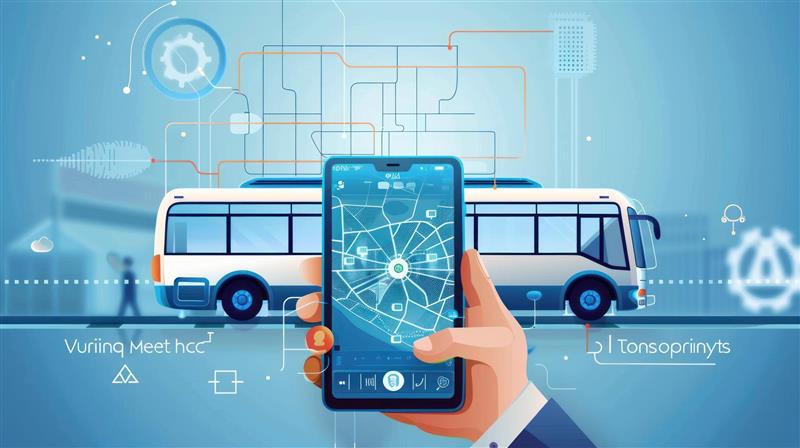
A flawless user experience is only possible with a robust technological foundation. The architecture of a ride-hailing app is complex, involving multiple services that must communicate seamlessly in real-time. Here are the components of the Best tech stack for on-demand transportation apps.
- Frontend (The User Interface): This is the part of the app the user sees and interacts with. Technologies like Flutter or React Native are excellent choices because they allow you to build one codebase for both iOS and Android, saving significant time and cost.
- Backend (The Server-Side Logic): This is the brain behind the app. It handles all the complex logic, including ride-matching, payment processing, and user authentication. Popular choices include Node.js (for high-speed, real-time communication), Python (for its powerful libraries and data processing), and Go (for performance).
- Geospatial Technology (Mapping and Navigation): This is the heart of a transportation app. You will rely on services like Google Maps Platform or Mapbox for real-time location tracking, routing, and geo-fencing.
- Payments (Secure Transactions): Robust payment gateways are a must. Services like Stripe and Braintree provide secure, developer-friendly APIs that handle credit card processing, digital wallets, and more.
- Cloud Hosting (Scalable Infrastructure): Your app needs to handle thousands, if not millions, of simultaneous requests. Using a scalable cloud platform like Amazon Web Services (AWS), Google Cloud, or Azure is essential to ensure your app doesn't crash under high demand.
4. Crafting a Frictionless User Experience (UX)

Uber’s true genius isn’t its technology, but its simplicity. The user experience is so intuitive that a first-time user can book a ride in seconds. Replicating this requires an obsessive focus on detail and adherence to mobile app UX best practices for transportation apps.
Key UX Best Practices:
- Short, Intuitive Booking Flows: The user journey from opening the app to booking a ride should be as short as possible. For example, Uber’s “Where to?” field is a single, clear call-to-action.
- Micro-interactions and Delightful Animations: Subtle animations—like the car icon moving on the map or a checkmark appearing after a successful payment—create a sense of responsiveness and completion.
- Personalization: Features like saving home and work addresses, storing payment methods, and remembering past trips make the experience feel tailored and personal.
- Accessibility: Your app should be usable by everyone. This includes multi-language support, clear high-contrast designs for the visually impaired, and features for users with motor disabilities.
- Clear and Concise Information: Overloading the user with information is a common mistake. Stick to what's essential: driver ETA, vehicle type, and fare. All other information can be accessed with an optional tap.
5. Features That Take You Beyond Uber
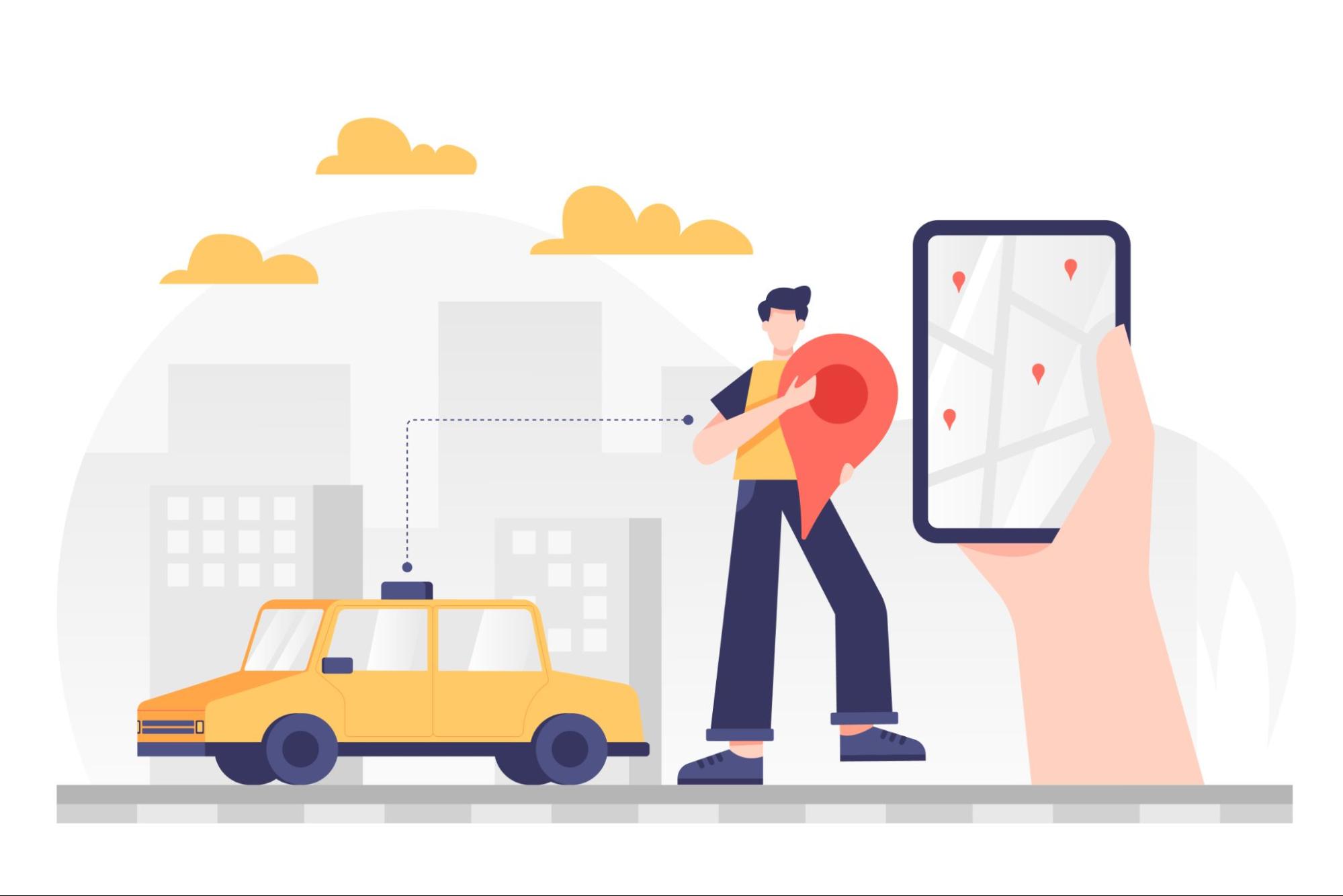
To compete in a crowded market, you can’t just copy the competition. You need to innovate. The next generation of transportation apps will go beyond basic ride-hailing with these advanced features, looking at lessons from players like Grab and Didi to see what makes a platform succeed.
- AI-Powered Ride Matching: Use machine learning to predict demand, optimize driver-rider pairings, and even anticipate a user’s destination.
- Augmented Reality (AR) Navigation for Drivers: Imagine a driver holding up their phone and seeing the rider's location and route overlaid on the real world through their camera.
- IoT-Based Vehicle Health Monitoring: Integrate with a vehicle's onboard systems to monitor fuel levels, tire pressure, and maintenance needs, preventing breakdowns and ensuring safety.
- Loyalty and Rewards Programs: Implement a tiered system that rewards frequent users with points, discounts, or special perks. This is a powerful tool for retention.
- Multi-Service "Super Apps": The future is in platforms that offer more than just rides. Consider integrating food or package delivery, scooter rentals, or even handyman services into a single app. This is a key trend, particularly with Grab and Didi app development lessons showing the value of a comprehensive ecosystem.
6. Navigating the Key Challenges of the Industry

Building an Uber-like app is a massive undertaking, and you will face significant hurdles. Acknowledging them early allows you to build a proactive strategy. This section addresses the challenges in building an Uber-inspired app.
- Local Transport Regulations: The ride-hailing industry is heavily regulated. You must research and comply with all local laws, permits, and licensing requirements in every city you operate in. Failure to do so can result in hefty fines or being shut down.
- Heavy Competition: You'll be competing with global giants like Uber and Lyft, as well as strong regional players. Your business plan must include a strategy for finding a niche—be it a specific market, a unique service, or a different pricing model. An analysis of Uber vs Lyft: which app features perform best can provide valuable insights.
- Scaling Real-Time Infrastructure: Handling thousands of simultaneous rides and constant real-time location updates requires a robust and highly scalable cloud architecture. This is one of the most significant technical challenges you will face.
- Data Privacy and Security: You will be handling sensitive user data, including personal information and payment details. You must invest heavily in security to protect against breaches and build user trust.
- Driver Recruitment and Retention: Attracting and keeping a reliable base of drivers is crucial. This means offering competitive pay, flexible work hours, and a supportive platform.
7. A Step-by-Step Roadmap to Build Your App
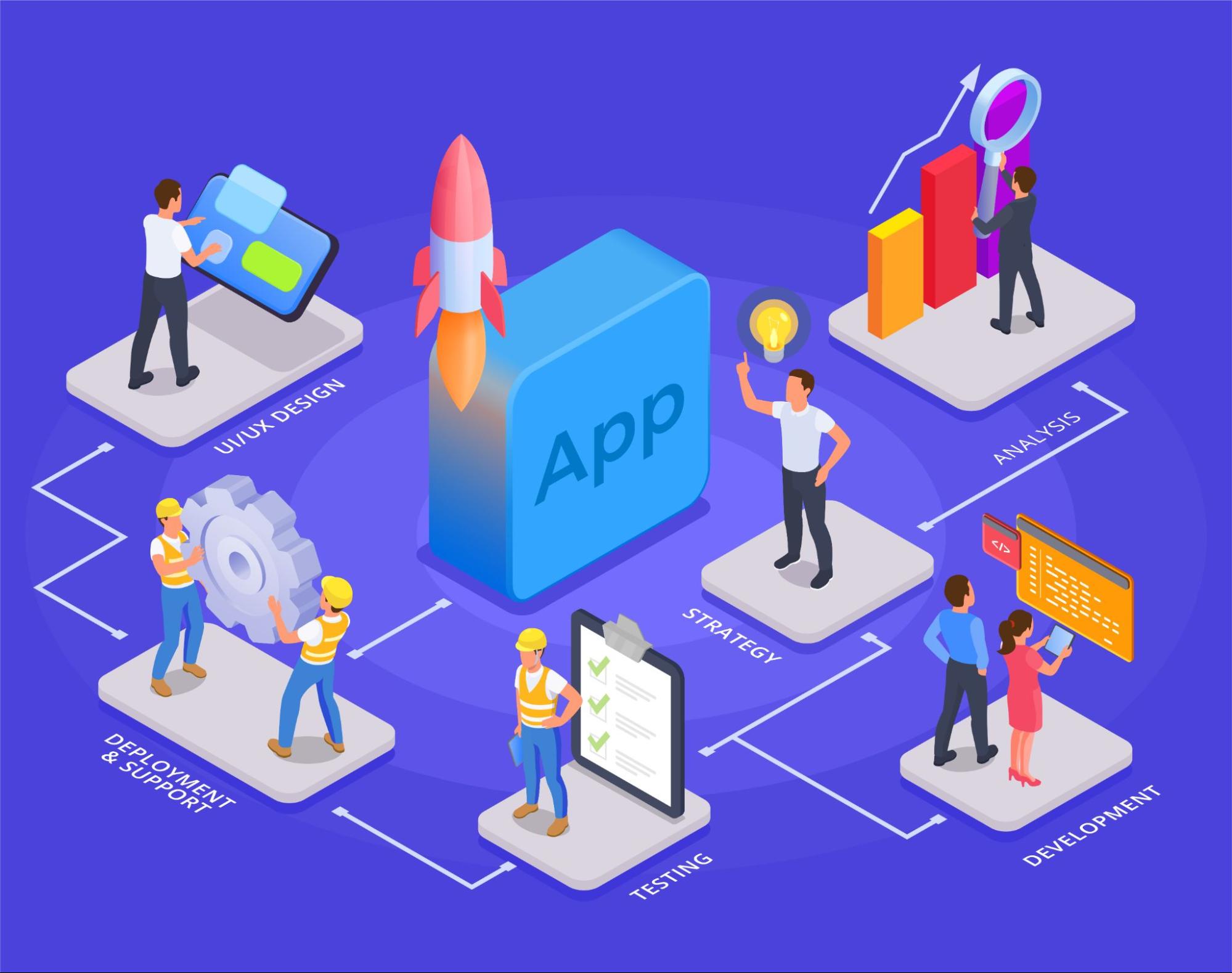
This is a multi-phase project that requires careful planning and execution. Follow these steps to create a ride-hailing app like Uber and How to launch a ride-sharing app for your city.
Phase 1: Research and Strategy (1-2 months)
- Market Research: Identify a gap in the market. Is it a city with poor public transportation? A niche for luxury rides? A service for students? This is a key step to disrupt local travel with an Uber-style app.
- Define Business Model: Choose your revenue stream. Will it be commission-based, subscription, or a hybrid?
- Create a Product Roadmap: Outline all the features for your MVP (Minimum Viable Product) and future releases.
Phase 2: Design and Development (3-6 months)
- UI/UX Design: Create wireframes and mockups for all three apps (rider, driver, admin). Focus on the core user journey.
- Backend Development: Build the server-side logic, database, and APIs. This is where the core functionality lives.
- Frontend Development: Build the mobile apps for iOS and Android using your chosen technology stack.
- Integrations: Implement key third-party services like mapping, payments, and push notifications.
Phase 3: Testing and Launch (2-3 months)
- Beta Testing: Launch a private beta with a small group of riders and drivers. Gather feedback and fix bugs.
- Refine and Optimize: Use the beta feedback to iterate on the design and functionality.
- App Store Optimization (ASO): Prepare your app for launch by creating a compelling App Store listing with screenshots, a strong description, and relevant keywords.
- Launch and Marketing: Go live on the App Store and Google Play. Begin your initial marketing campaigns to acquire your first users.
Phase 4: Growth and Expansion (Ongoing)
- User Feedback Loop: Continually gather feedback from users and drivers to identify new features and improvements.
- Scale the Infrastructure: Monitor your cloud infrastructure and scale resources as your user base grows to prevent performance issues. This is crucial for scaling an on-demand transportation startup.
- Add New Features: Implement the advanced features from your product roadmap to stay ahead of the competition.
8. Uber-like app development cost and timeline
Building an Uber-like app is not an overnight project. The cost and timeline are highly dependent on the complexity of your features and the region where your development team is based.
- Cost: A basic MVP with core features can range from $30,000 to $80,000. A full-featured version with advanced capabilities could cost $100,000 to over $250,000. These figures can vary significantly based on developer rates in different countries.
- Timeline: An MVP can take 3 to 4 months to launch. A full-featured version, including all the bells and whistles, will likely take 6 to 9 months or even longer to build and test.
9. The Future of On-Demand Mobility: Beyond the Next-Gen App
The industry is constantly evolving, and the next major disruptors are already on the horizon. A forward-thinking app must be ready to embrace these trends. This is the Future of ride-hailing apps with AI & IoT.
- Electric Vehicle (EV) and Sustainable Fleets: As consumers become more environmentally conscious, apps that prioritize EV fleets and carbon-neutral operations will gain a significant edge.
- AI and Autonomous Vehicles: While fully autonomous fleets are still some time away, apps that integrate with self-driving technology will be the first to capitalize on it. AI is already being used for demand prediction and dynamic pricing.
- Blockchain-Based Payments: Distributed ledger technology could enable faster, more secure, and transparent transactions between riders, drivers, and the platform.
- "Super Apps" and Ecosystems: The biggest winners will likely be the apps that build an entire ecosystem of services, from transportation and food delivery to financial services and e-commerce, all under one roof. These Ride-hailing super app trends in 2025 are shaping the industry.
Conclusion
Delivering an Uber-like experience isn't about cloning an app; it’s about understanding the core needs of users and building a platform that meets them with scalable technology, intuitive design, and constant innovation. By focusing on a solid business model, a rich feature set, and a delightful user experience, your app has the potential to redefine urban mobility.
The next transportation disruptor is waiting to be built. Will it be yours?
Ready to build the next-gen transportation app? At CQLsys Technologies, we’ve delivered over 4,500 apps in mobility, delivery, and AI-powered platforms. Whether you're a startup founder, a developer, or an investor, we can help you launch your Uber-like app with world-class design and cutting-edge technology. Let’s build from here.
FAQs
- Q1: How much does it cost to build an Uber-like app?
- A: The Uber-like app development cost and timeline vary, but the cost typically ranges from $30,000 for a basic MVP to over $150,000 for a full-featured version, depending on complexity, features, and your location.
- Q2: What is the typical timeline to launch an app?
- A: A basic MVP can be ready in 3–4 months, while a full-featured app with extensive testing and advanced features may take 6–9 months or more.
- Q3: Can I add features beyond Uber?
- A: Yes. To stand out, consider adding advanced features like AI-powered ride-matching, AR navigation for drivers, IoT vehicle monitoring, and a loyalty program.
- Q4: What's the biggest challenge I will face?
- A: The most significant challenges are often balancing regulatory compliance, managing competition from established players, and building a scalable technical infrastructure that can handle real-time demand.
- Q5: Do investors still back Uber-like models?
- A: Yes. Investors are still highly interested in this market, especially for apps that demonstrate clear differentiation, a strong path to profitability, and innovation in a specific niche or region.
